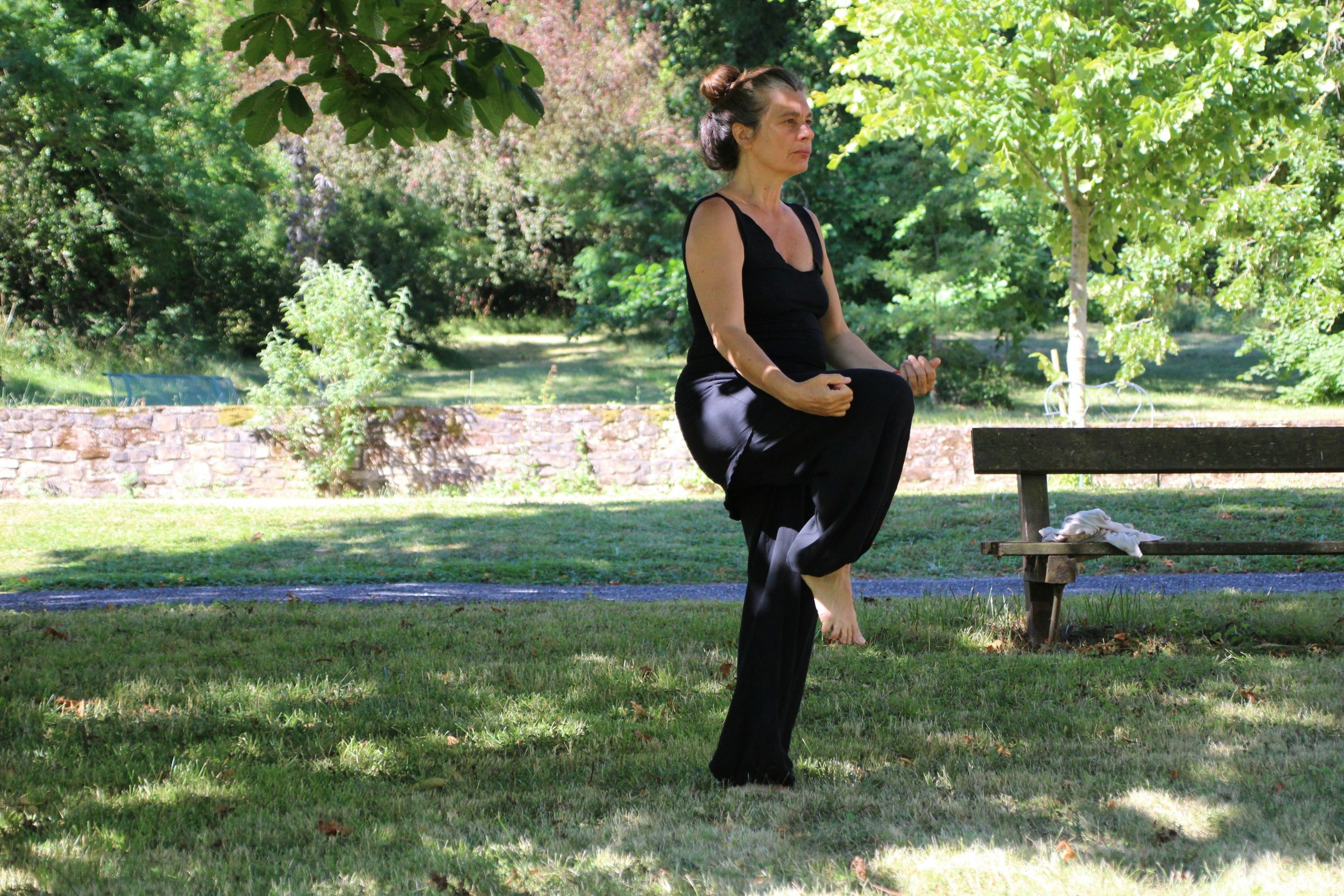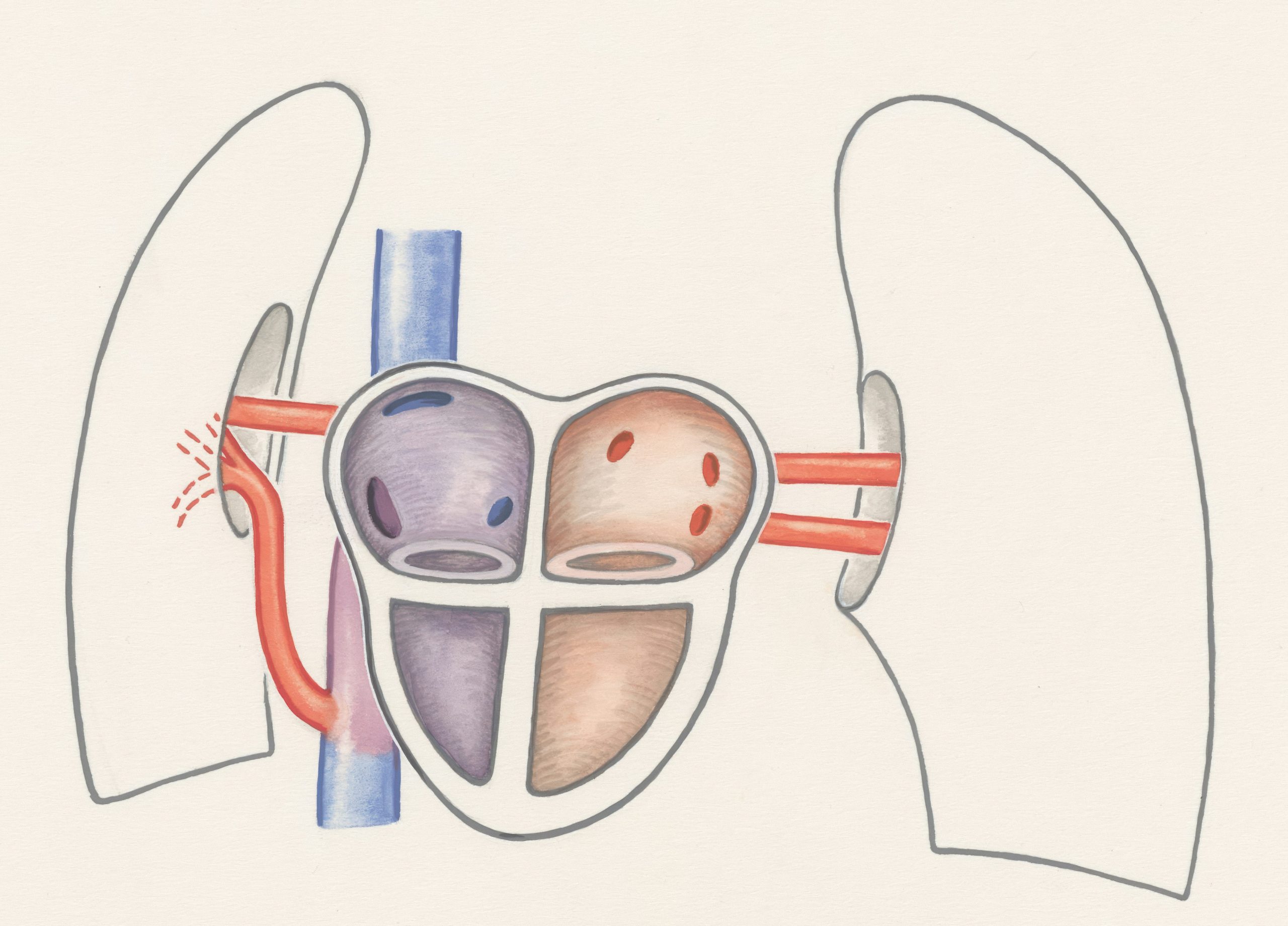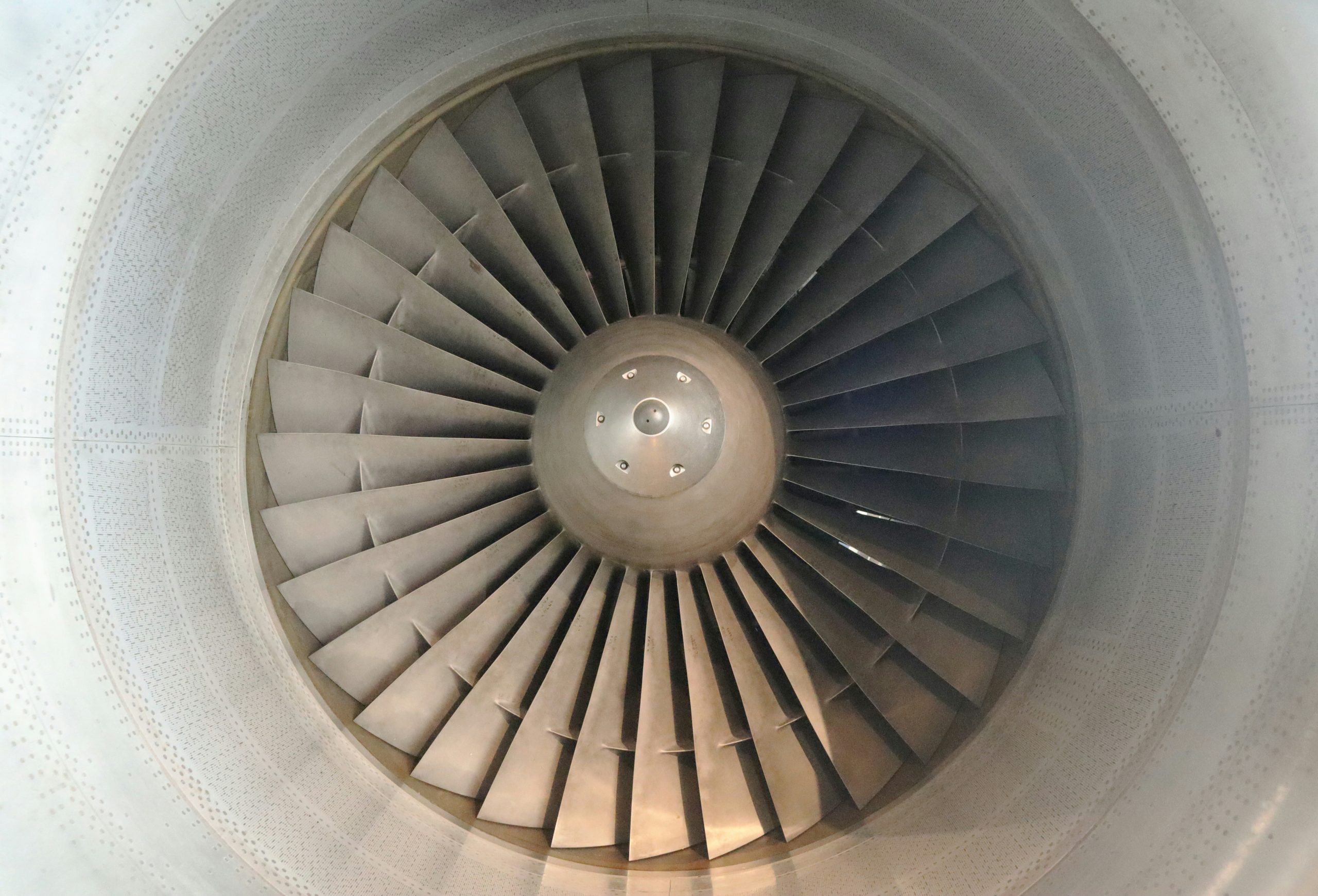Ever felt like your weight loss efforts feel more like running in quicksand than cruising on a treadmill? What if the secret isn’t your diet or exercise—it’s how you breathe? Shocking but true: airflow improvement could hold the key to unlocking better health and sustainable weight loss. Ready to dive in? We’ll cover what poor airflow does to your body, step-by-step breathing lessons, top tips, real-life success stories, and even an FAQ that’ll clear the air (pun intended).
Table of Contents
Key Takeaways
- Poor airflow can sabotage fat-burning processes and ramp up stress hormones.
- Diaphragmatic breathing improves oxygen delivery, aiding metabolism.
- Airflow improvement requires consistent practice—no shortcuts!
- Dedicated “breathing breaks” throughout the day yield long-term benefits.
- Real people are already proving this method works (hint: it’s not just woo-woo wellness).
Why Your Breath Is Your Biggest Weight Loss Secret

Let’s get real: most of us suck at breathing properly. I used to think taking big gulps of air meant I was doing it right. Spoiler alert—I wasn’t. Turns out, my shallow chest breathing was keeping me stuck in a cycle of fatigue and slow metabolism. Science backs this up: when your airflow is restricted, your cells don’t receive enough oxygen, leading to sluggish energy production and increased cortisol levels. High cortisol = more stubborn belly fat. Ugh.
But here’s where things get exciting: by mastering techniques to boost airflow, you can torch calories more efficiently while reducing inflammation. Think of it as giving your body the ultimate tune-up—except instead of motor oil, we’re using oxygen.
“Breath is life—improve it, and watch everything else fall into place.” — Anonymous Wellness Guru
Step-by-Step Guide to Improving Airflow

Step 1: Find Your Diaphragm
Seriously, where *is* this magical muscle? Place one hand on your chest and another on your stomach. Breathe in deeply. If your chest rises but your belly stays still, you’re guilty of shallow breathing. Aim for belly expansion, signaling proper use of your diaphragm.
Step 2: Practice Box Breathing
This technique involves breathing in for four counts, holding for four, exhaling for four, and pausing again for four. Repeat five times daily. Sounds easy, right? Don’t knock it till you try it—this simple pattern has been shown to lower stress and improve airflow dramatically.
Step 3: Incorporate Nose Breathing
Mouth-breathers, this one’s for you. Switching to nasal breathing increases nitric oxide intake, which dilates blood vessels and supercharges oxygen absorption. Start small—during walks or workouts—and build from there.
Pro Tips for Better Breathing
- Create a Routine: Schedule “breathing breaks” every three hours. Set reminders if needed. Consistency is king.
- Check Posture: Slouching compresses your lungs. Sit tall like royalty—or invest in an ergonomic chair.
- Add Humidity: Dry air irritates nasal passages. A humidifier might be your unsung hero.
- Try Yoga: Poses like Child’s Pose naturally encourage deeper breaths.
- Ditch Terrible Tip Alert: Avoid over-the-counter “miracle” airflow gadgets. They’re expensive and often ineffective. Save your money for classes or tools backed by science.
Case Study – How Sarah Dropped 20 Pounds with Airflow Improvement

Meet Sarah, a 35-year-old mom who struggled with yo-yo dieting for years. She stumbled upon the concept of airflow improvement during a sleep apnea assessment. Determined to test the theory, she added daily breathing exercises to her routine alongside clean eating. Within six months, Sarah lost 20 pounds without changing anything else. Here’s why: improved airflow boosted her resting metabolic rate and helped regulate hunger hormones.
FAQs About Breathing and Weight Loss
Does airflow directly affect metabolism?
Absolutely. Oxygen fuels cellular respiration—the process that burns calories. More oxygen = faster burn.
Can anyone benefit from airflow improvement?
Yes, regardless of age or fitness level. The principles apply universally.
How long until I see results?
Most notice subtle changes within weeks, such as reduced bloating and improved stamina. Significant shifts may take months.
Conclusion
Breathing isn’t just automatic—it’s transformative. By embracing airflow improvement techniques, you’re not only supporting weight loss but also elevating your overall wellbeing. Sure, perfecting these skills takes time, coffee, and maybe some minor frustration—but hey, so does any worthwhile change. Now go ahead, take a deep breath through your nose, and imagine what’s possible.
Remember, folks: Like dial-up internet, poor breathing belongs in the past. Let’s upgrade together.
Stay breezy,
Your Fellow Breathing Enthusiast ✌️
Haiku moment:
Nose breathes in cool air,
Lungs expand, fat whispers,
Metabolism cheers.


